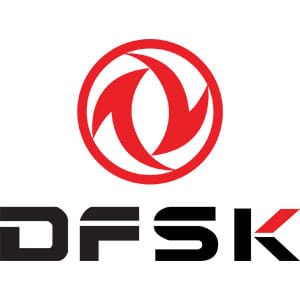Menu
-
Car Leasing
- Abarth
- Alfa Romeo
- Alpine
- Audi
- Bmw
- Bmw Alpina
- Byd
- Chevrolet
- Citroen
- Cupra
- Dacia
- Ds
- Fiat
- Fisker
- Ford
- Genesis
- Gwm Ora
- Honda
- Hyundai
- Ineos
- Jeep
- Kgm
- Kia
- Land Rover
- Levc
- Lexus
- Lotus
- Maserati
- Maxus
- Mazda
- Mg Motor Uk
- Mini
- Nissan
- Peugeot
- Polestar
- Porsche
- Renault
- Seat
- Skoda
- Smart
- Subaru
- Suzuki
- Tesla
- Toyota
- Vauxhall
- Volkswagen
- Volvo
- View All Manufacturers
- Van Leasing
- Offers
- Contact
- About Us
- Leasing Explained
- FAQs
- Additional Leasing Services
- Order process
- Business Lease Purchase
- Finance Lease
- Personal Contract Hire
- Personal Contract Purchase
- Areas We Cover
- Blog
- Saved Cars {{ carsInGarage }}
- Van Leasing keyboard_arrow_down
-
Car Leasing keyboard_arrow_down
-
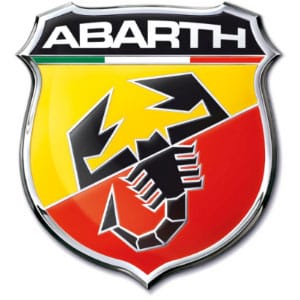 Abarth
Abarth
-
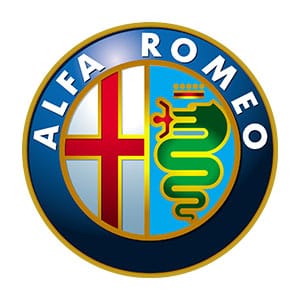 Alfa Romeo
Alfa Romeo
-
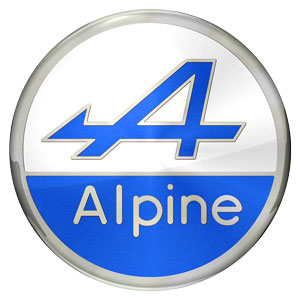 Alpine
Alpine
-
 Audi
Audi
-
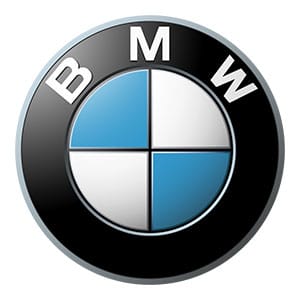 Bmw
Bmw
-
 Bmw Alpina
Bmw Alpina
-
 Byd
Byd
-
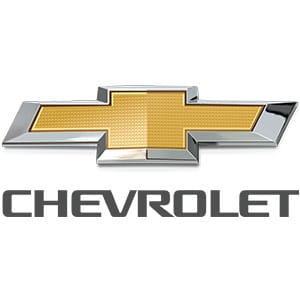 Chevrolet
Chevrolet
-
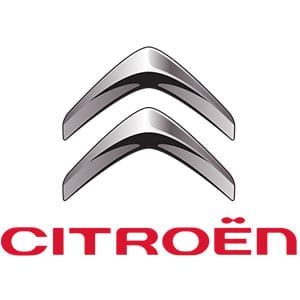 Citroen
Citroen
-
 Cupra
Cupra
-
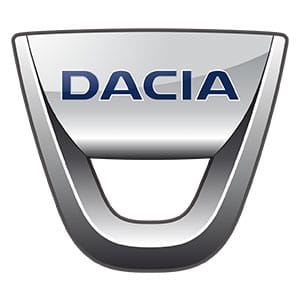 Dacia
Dacia
-
 Ds
Ds
-
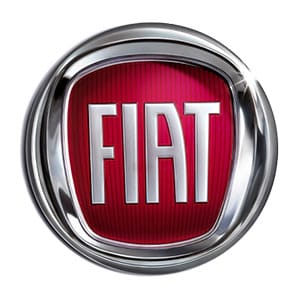 Fiat
Fiat
-
 Fisker
Fisker
-
 Ford
Ford
-
 Genesis
Genesis
-
 Gwm Ora
Gwm Ora
-
 Honda
Honda
-
 Hyundai
Hyundai
-
 Ineos
Ineos
-
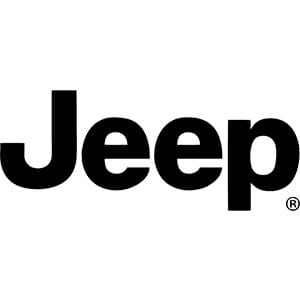 Jeep
Jeep
-
 Kgm
Kgm
-
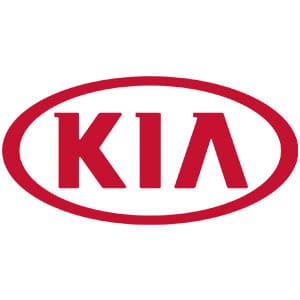 Kia
Kia
-
 Land Rover
Land Rover
-
 Levc
Levc
-
 Lexus
Lexus
-
 Lotus
Lotus
-
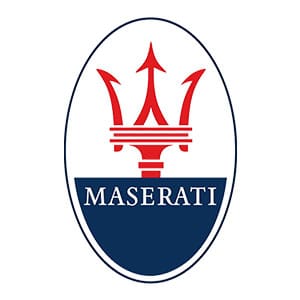 Maserati
Maserati
-
 Maxus
Maxus
-
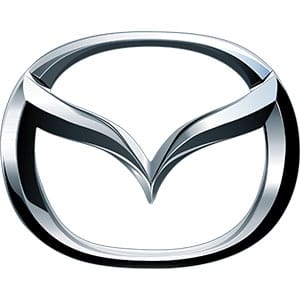 Mazda
Mazda
-
 Mg Motor Uk
Mg Motor Uk
-
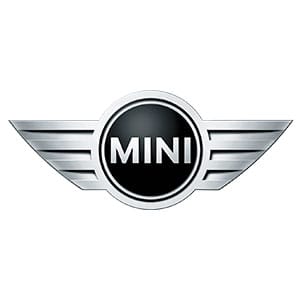 Mini
Mini
-
 Nissan
Nissan
-
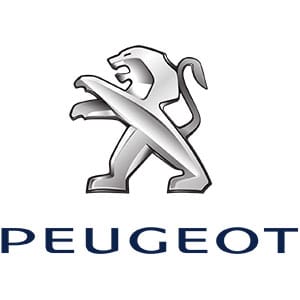 Peugeot
Peugeot
-
 Polestar
Polestar
-
 Porsche
Porsche
-
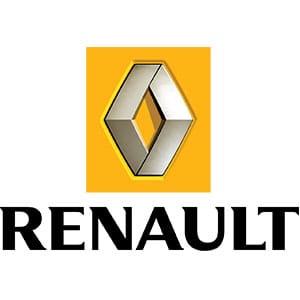 Renault
Renault
-
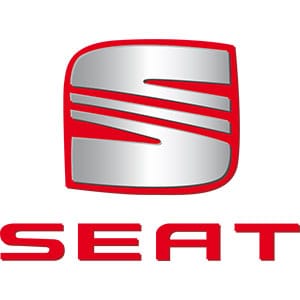 Seat
Seat
-
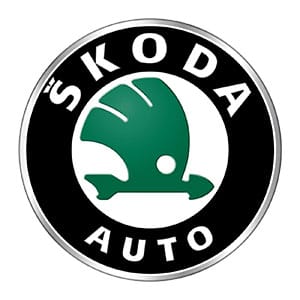 Skoda
Skoda
-
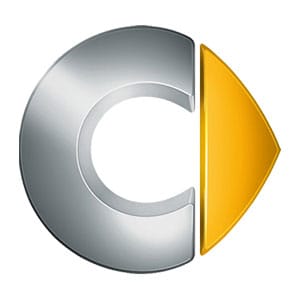 Smart
Smart
-
 Subaru
Subaru
-
 Suzuki
Suzuki
-
 Tesla
Tesla
-
 Toyota
Toyota
-
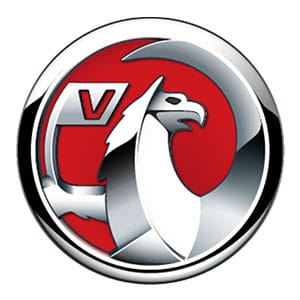 Vauxhall
Vauxhall
-
 Volkswagen
Volkswagen
-
 Volvo
Volvo
-
- Offers
- Contact
This website utilises cookies in order to track statistical analytics data. By continuing to use it,
you agree to our terms & conditions. Read our cookie or privacy policy for more information

